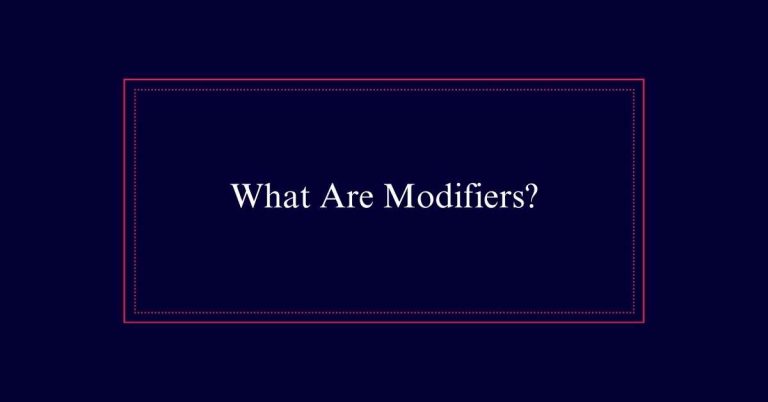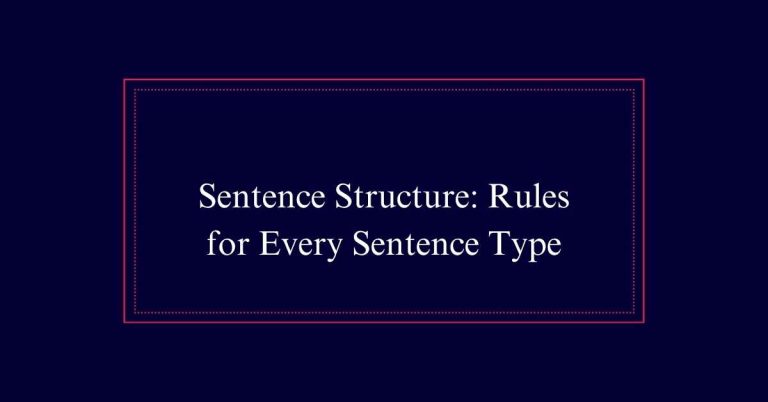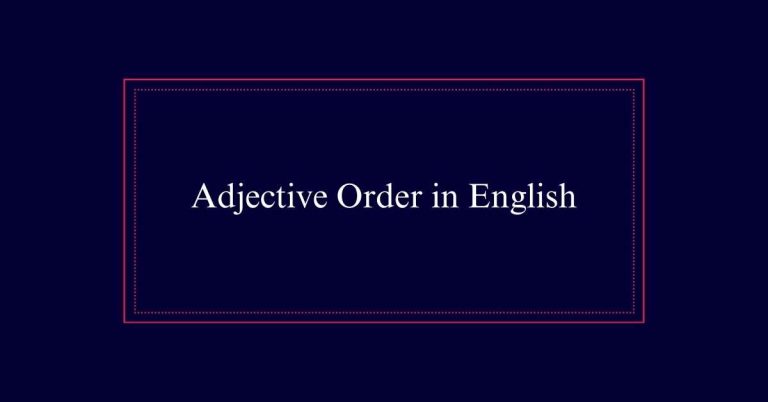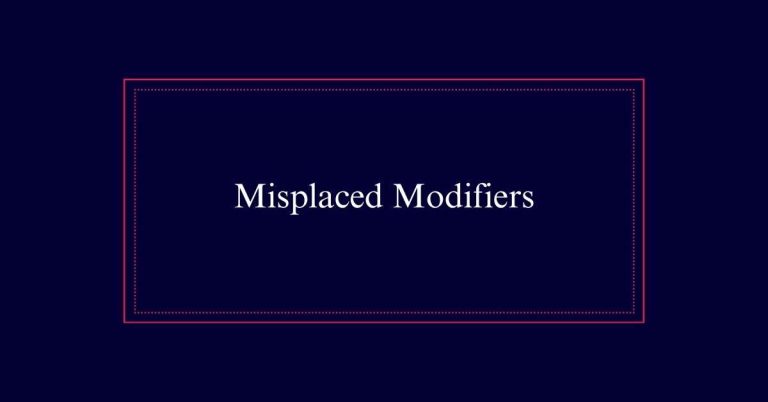Verb Conjugation
Verb conjugation in English aligns the verb form with the subject of the sentence, ensuring number and person agreement. There are six persons to take into account: first, second, and third person singular, plus first, second, and third person plural. Each requires a specific verb form. For instance, the verb ‘to be’ has unique forms like ‘I am,’ ‘you are,’ and ‘he is.’
English Verb Conjugation Basics
English verb conjugation involves changing a verb form to match the subject of a sentence. This process guarantees that the verb agrees with the subject in both number and person.
For example, the verb ‘to be’ changes to ‘am,’ ‘is,’ or ‘are,’ depending on the subject. Proper conjugation is vital for clear communication in English. Verbs must be conjugated correctly to reflect who is performing the action. Incorrect conjugation can lead to misunderstandings.
Each subject pronoun, such as ‘I,’ ‘you,’ ‘he,’ ‘we,’ and ‘they,’ requires a specific verb form.
Six Persons of Verb Conjugation
Verb conjugation in English involves six distinct persons to guarantee subject-verb agreement. These persons are categorized as first person singular (I), second person singular (you), and third person singular (he, she, it).
Additionally, they include first person plural (we), second person plural (you), and third person plural (they). Each person requires a specific conjugation of the verb to maintain grammatical accuracy.
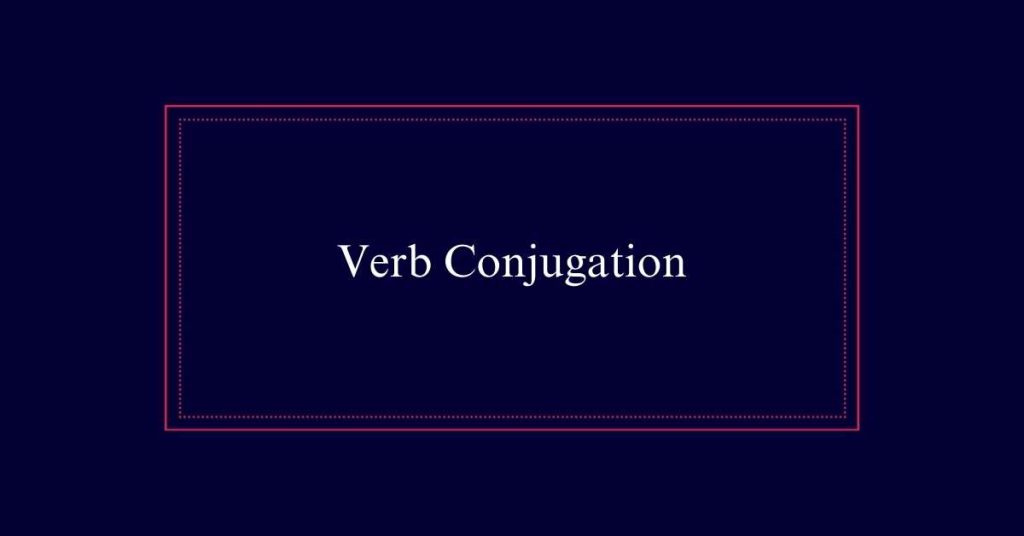
For example, the verb ‘to run’ is conjugated as ‘I run,’ ‘you run,’ ‘he runs,’ ‘we run,’ ‘you run,’ and ‘they run.’ Notice how ‘he runs’ differs from the others, indicating the third person singular.
Conjugating the Verb ‘To Be’
How does one properly conjugate the verb ‘to be’ in English?
The verb ‘to be’ is unique and irregular. Its conjugation varies depending on the subject.
For the first person singular, use ‘I am.’
For the second person singular, use ‘you are.’
The third person singular requires ‘he is,’ ‘she is,’ or ‘it is.’
In the first person plural, say ‘we are.’
The second person plural also uses ‘you are.’
For the third person plural, use ‘they are.’
These forms are crucial for correct grammar. Mastering them guarantees clear communication.
This verb is foundational in English, appearing in many sentences.
Clear Communication With Conjugation
Proper verb conjugation is essential for clear and effective communication. It enables speakers and writers to convey their messages accurately. Each verb form must align with its subject, ensuring that the intended meaning is understood. This precision helps avoid misunderstandings and maintains the flow of conversation or text.
Using the correct verb forms also aids in indicating the time of action, whether past, present, or future. For example, ‘He walks’ versus ‘He walked’ clearly shows the difference in time. Consistent conjugation creates a coherent structure in language, making it easier for both native and non-native speakers to follow the conversation.
Importance of Correct Conjugation
Correct conjugation is essential for ensuring that sentences are grammatically accurate and clearly understood. Proper verb conjugation helps to convey the correct tense, mood, and aspect of a sentence. This clarity is vital for effective communication.
Incorrect conjugation can lead to misunderstandings and confusion. For instance, mixing up past and present tenses can distort the intended meaning. Additionally, correct conjugation reflects a command over the language, enhancing the speaker’s or writer’s credibility.
Indicating Sentence Subject
Verb conjugation plays an essential role in identifying the subject of a sentence. Each verb form corresponds to a specific subject, whether it be first person, second person, or third person, in both singular and plural forms.
For example, in the sentence ‘She runs,’ the verb ‘runs’ indicates that the subject is third person singular. Proper conjugation guarantees clarity by matching the verb with its subject. Without correct verb forms, sentences can become unclear and confusing.
Irregular Verbs Overview
Among the most challenging aspects of English grammar are irregular verbs. Unlike regular verbs, irregular verbs do not follow predictable patterns in their conjugation.
For instance, the verb ‘go’ transforms to ‘went’ in the past tense, which differs from the standard ‘-ed’ ending. This unpredictability requires learners to memorize each irregular verb’s conjugation.
Common irregular verbs include ‘to be,’ ‘have,’ ‘do,’ and ‘say.’ Mastery of these verbs is essential for fluency and clear communication.
Common Irregular Verbs
Many English learners find common irregular verbs particularly challenging due to their unpredictable conjugation patterns. Unlike regular verbs, irregular verbs do not follow a fixed set of rules.
For instance, the verb ‘go’ changes to ‘went’ in the past tense, while ‘have’ changes to ‘had.’ Other examples include ‘do,’ which becomes ‘did,’ and ‘say,’ which becomes ‘said.’ These verbs require memorization and consistent practice to master.
The verb ‘to be’ is especially irregular, with forms like ‘am,’ ‘is,’ ‘are,’ ‘was,’ and ‘were.’ Understanding these common irregular verbs is essential for effective communication.


